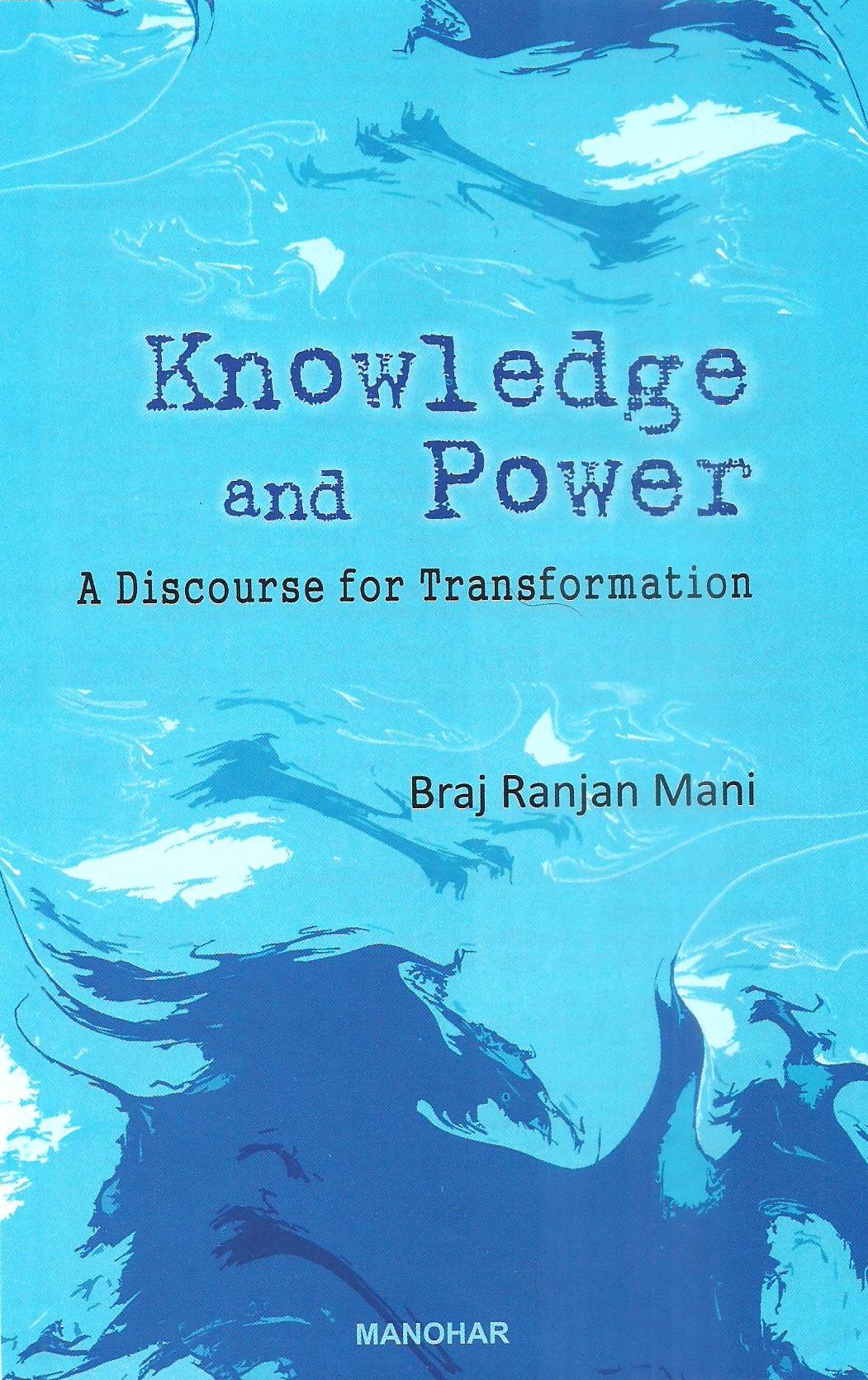Umar Nizar
 In the wake of the election of Narendra Modi, the sociologist Shiv Vishwanathan made the startling claim that Modi’s OBC credentials were obliterated by the fact of his fair skin, which for working class Indians heralded upper class antecedents. (Shiv Vishwanathan himself was caught in a rather strange double bind, having supported Modi and at the same time shed tears for the victims of the Gujarat pogrom under his watch).
In the wake of the election of Narendra Modi, the sociologist Shiv Vishwanathan made the startling claim that Modi’s OBC credentials were obliterated by the fact of his fair skin, which for working class Indians heralded upper class antecedents. (Shiv Vishwanathan himself was caught in a rather strange double bind, having supported Modi and at the same time shed tears for the victims of the Gujarat pogrom under his watch).
While among the Muslims in India, fairness of skin has emerged as a clear marker of their antecedents, the caste Hindus never espoused such a doctrine in their ideological claims. While it was common for relatively darker Indians in the Hindi heartland and southern India to be Brahmin priests, it was rare for those in Punjab and the mountainous Himalayan belt to claim such caste status. The identification of caste solidarity was also rarely made in terms of skin colour. Fairer skin was made into a fetish and an object of value, with religious, sacred-profane associations. Like the desacralization and profanation of much that was sacred, the fetish object called `fair skin’ (or wheatish, whitish, etc) has been desacralized in its various cinematic and other popular avatars.
In the state of Kerala, where the Syrian Christian community enjoys upper caste status, also refuses to be bound down by narrow considerations of skin colour. It is common for those darker in complexion to occupy positions of status in the church and in politics, business and elsewhere. But the Mappila Muslims of Kerala visibly differentiate the elite `Thangals’ (those who claim ancestry from the prophet) based on their skin colour. Though this is rarely framed in terms of `racial superiority’ it is difficult to find a `Thangal’, even in the collective imagination of Muslims, who is dark complexioned in the way most Keralites are. There also are prevalent various mythical lores such as the rowers in the steerage of ships from Arabia became the dark settlers of the coast who married the local fisherfolk and the elite fair-skinned merchants from star class were to be found inland in position of wealth, power and prestige. Here the question pertains to the skin colour status of the prophet-whether he was a fair-skinned (or reddish as Malcolm X would say)Arab, or a dark Bedouin. Though liberation theologists and various Muslims espousing subaltern identities simply support the cause of a `black’ prophet, this imaginary doesn’t seem to have caught on among the mainstream clergy and the Ulema who sit on judgement upon matters related to kinship, family and caste.
Caste, though it is seemingly invisible among Muslims, surfaces in the form of skin colour consciousness. The residual vestiges of caste can be discerned in the marked preference for `fair-skinned’ brides and the presence of paler men at the upper echelons of a hierarchical society. How does matrilineal Islam, once prevalent in Northern Malabar and now residual, deal with the question of skin colour?
Though the taint associated with skin colour has to do with conversion, and the notion that darker-skinned individuals are converts from subaltern Hindu castes, the base for this chromatic hierarchy is inverted in the case of matrilineal Muslims. This happens since matrilineal Muslims of Malabar rank their non-matrilineal/patrilineal brethren as `number two’ (and thus themselves as number one). Matrilineality in the Kerala context derives not from the Islamic Sharia but from Hinduism and caste Hindu practices and similar non-denominational, non-Semitic groups that were active in Kerala before the advent of Islam. The caste system within Vedic Hindu society is far more complex than can be explained in simple chromatic terms. The complexion of the skin, cannot be made the basic determinant for caste. Among Muslims, residual caste appears in the form of skin colour consciousness. But the taint of darker skin disappears in the case of so-called `upper caste’ Muslims bearing their fealty to a Hindu kinship system customized within the Islamic Sharia, namely matriliny. Thus matrilineal Islamic society in Kerala, though it might seem more egalitarian in terms of race, tends to be more orthodox when it comes to the question of caste. This coupled with instances of slave-keeping, paints a rather grim view of this tradition in Kerala from an emancipatory context.
The attention paid even to `genital fairness’ with pharmaceutical and cosmetic firms coming out with creams for private parts, such as `Clean and Fair’ which evoked protests from women’s organizations, the neoliberal capitalist establishment has totalised its control over the bio-political imaginary. The taboo with dark skin is not a visual one as the erogenous zones of the human body thus targeted are not visually prominent in the normal human social interaction. The connotations that link the genitals to acts of procreation and to supposed racial purity should also not be forgotten. Within the body also various body parts follow a hidden inner hierarchy of skin colour, according to which, the genitals and those parts of the anatomy that appear darker come low in the hierarchy. There also exists a hierarchy of orifices whereby those orifices occurring above the waist considered `pure’ and those occurring below are deemed `impure’, as studied by anthropologist James Aho.
In the Indian Islamic context also these questions are problematized with the purity rituals such as ritual ablutions before Namaz, replacing notions of purity based on birth. The genitals acquire importance as sites of ritual circumcision. This is crucial as spiritual rituals of purity acquire emblematic significance in the absence of traditions such as phallic worship. The darker, erogenous zones are deemed base, albeit coupled with an exalted function of reproduction. Thus the `number 1 vs number 2’ hierarchy followed in the case of matrilineal families (1) against patrilineal ones (2), is replicated at the level of organs too. The genitals as a site of excretion are seen as base and the same organs as sites of reproduction are valued and exalted, with ritual celebratory ceremonies such as circumcision feasts. (This gap between the exalted function of reproduction and the baser function of excretion co-existing in the same organ of procreation, is what Slavoj Zizek would term the parallax). This numerical indexicality is also an allowance to other plurals, polytheistic traditions of India, including Hinduism.
~~~
Umar Nizar is a Research Scholar in JNU. His poems have been published in the Ibex Press Year’s Best Selection, Vayavya, MuseIndia, Culture Cafe journal of the British Library, and also broadcast by All India Radio.










